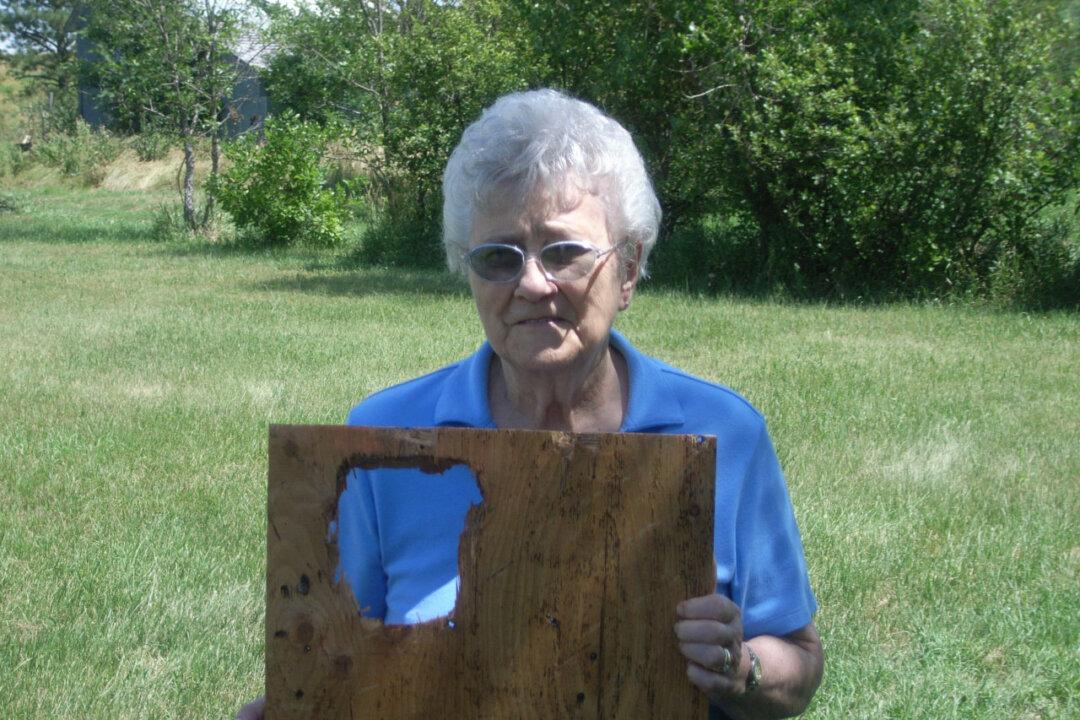Spring is the season of showers and flowers and the welcome return of warm weather. It’s also the season of one of the biggest weather hazards in terms of property damage and insurance claims—hail.
Although rarely deadly, hail causes an enormous amount of property damage, particularly to homes and cars. In 2014, State Farm insurance company alone received hail claims worth $2.4 billion. That doesn’t include crop damage, which costs roughly $1 billion a year in losses, according to the National Oceanic and Atmospheric Administration (NOAA). In fact, after tornadoes, hail causes the most damage to crops and property of any weather event.
Last year, NOAA recorded 5,536 major hailstorms. The highest risk time is spring, between April and June.






